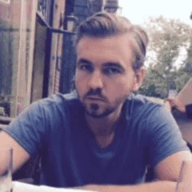When TREND creates a Community Voice Report (CVR) there are dozens of preliminary steps that have to be completed before we can start our analysis. The most important of these steps: the establishment of a relationship with the patient community.
Building a relationship is not a black-and-white matter. There are a lot of factors that need to fall into place, and a rigorous set of criteria that must to be satisfied. The community needs to have the right kind of data, they need to have been in existence for a certain amount of time, and most importantly—there needs to be mutual trust.
We safeguard the information of the communities we work with by anonymizing all the data we collect, the people who analyze it never see a name or any other information that would identify the person who wrote it. But the extent of our commitment goes much further than de-identification. TREND was founded by two rare disease caregivers who found hope when they became a part of a thriving disease community. There is something sacred about these spaces. If patients and caregivers cannot feel comfortable sharing the details of their experience the efficacy of the group suffers.
At TREND, we have heard unfortunate stories of certain parties infiltrating groups for the wrong reasons. Regardless of the reason, it is never acceptable to mislead admins in an effort to gain access to a community. It is for this reason that TREND takes every effort to cultivate strong rapport with all of the groups we work with. Even though our process takes time, we have seen the results. These relationships turn into long-term collaborations. We stay in touch with patients and caregivers indefinitely and continue to work together to make new discoveries and become closer.

